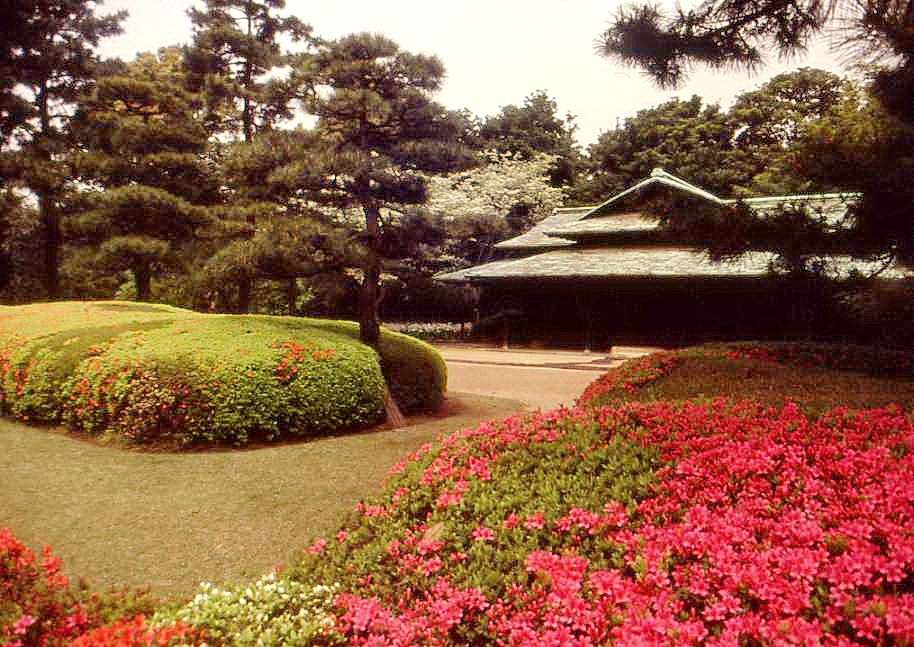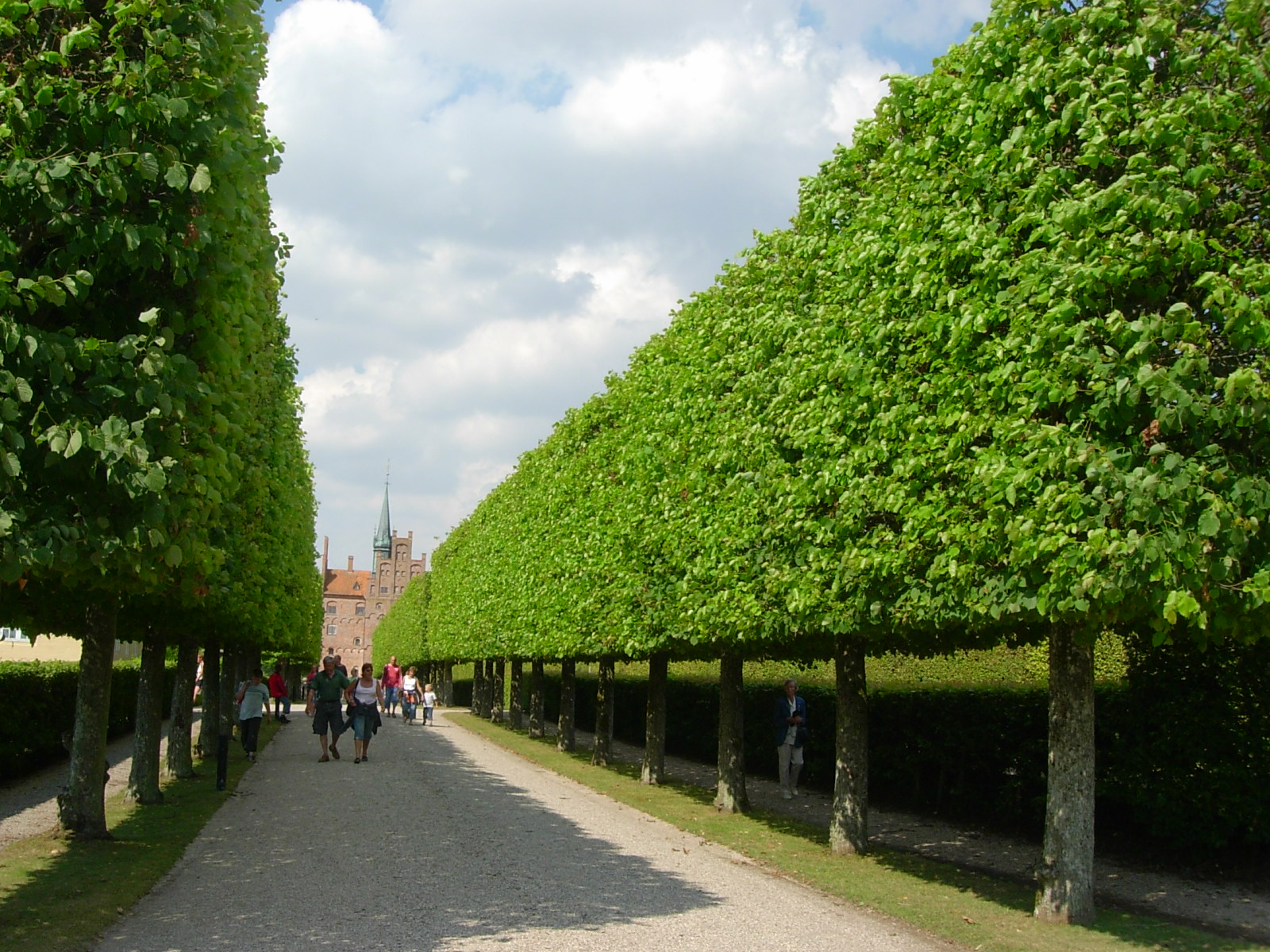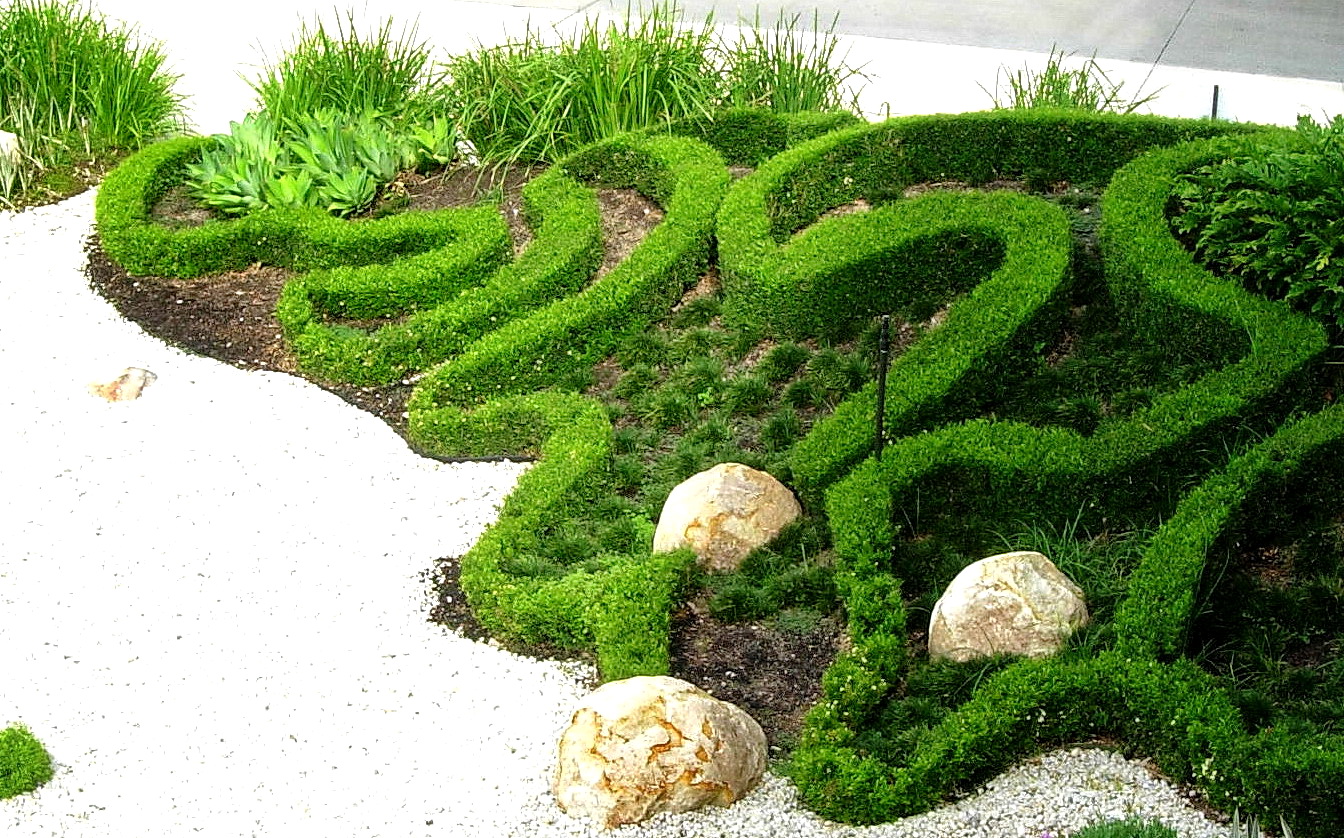Pruning Australian native plants for design is one way to enhance form, size and flowering.
For many of us, we aspire to have our gardens be predominantly natural in character. This means we encourage the plants to grow ‘naturally’ with minimal human assistance or training. Others take those extra steps to ‘interpret’ nature a little more formally, using a variety of horticultural practices. Pruning is one of those procedures that can ‘give nature a hand’. This enables design improvements in form, size and flowering.
Pruning as a design tool
Pruning seems such a regular process that we all do as part of the garden maintenance and respond to safety issues. Yet do we ever consider it as a design tool? If you think about the many gardens you have visited in Australia or around the world, one aspect that stands out is how sensitive pruning can enhance the character of a garden.
There are many ways to prune a plant and other reasons why you should not attack a plant with shears or a pruning saw.
Pruning examples

You could emulate some of the extreme sculptural hedge gardens like Levens Hall in the UK. Here it seems that chess pieces have come to life and run riot through a garden.

Perhaps you think of the endless formal hedges that define and divide the gardens of a European chateau.
Regularly clipped foliage divide the landscape into rooms.

Or you think about the unique ‘cloud like’ form of clipped trees in Thailand.
They stand silhouetted against the sky, with many branches like arms supporting balloons of dense clipped leaves.

In Japan gardeners clip the azaleas meticulously into undulating mounds of deep green foliage at just the right time.
This encourages thousands of flowers to pattern the stylised forms.

In Europe, landscapers lay out trees in regular grids in the city squares.
They regularly pleach the trees to create a very stylised upper level of interlocking hedges to define spaces.

There is the pollarding of Australian eucalypts in Greece.
Gardeners regularly remove the upper branches to encourage temporary new canopy growth. To add insult to injury, they often whitewash the lower trunks.
These are a few of the many ways that we modify the natural forms and habits of trees and shrubs for design.
What about pruning Australian native plants?
From this a question arises. Do Australian plants lend themselves to such modification, and is it ‘good design’ to do this?
I guess it is possible make a case for some of these less radical procedures. As I generally aim to “design with nature”, I find it hard to justify highly unnaturally modified plant pruning.
Of course, there are situations, more particularly in urban inner city areas where a unique stylistic approach can be invaluable.
Stylistic or sculptural pruning of Australian native plants

In the World Expo 88, we created an ‘Epiphyte Forest’ .
This was one way to suggest a Quensland rainforest using ferns, epiphytes, orchids and climbers.
Described as a vegetated forest of green poles, nature inspired the design. Though ‘unnatural’ it was appropriate in that expo.

Up-pruning, a form of pleaching, is another useful and logical method.
This hedge of Callistemon ‘Little John’ began life twenty years ago pruned as a low hedge.
Over the years it has slowly grown upwards. I never intended it to assume the form it has now. As it aged the network of trunks and branches were exposed and the ‘transparent’ qualities of the hedge began to emerge.
Now I purposely remove the lower branchlets, leaving a canopy of foliage about one metre above the soil level.
It visually divides two sections of the Garden of Native Cultivars. Glimpses through the branches entice people to walk around to the opposite side to view that section of the garden. This is a great way to conceal and reveal areas of the garden that are otherwise hidden behind a dense hedge.
More examples of sylistic pruning
This sculptural hedging in Roma Street Parkland in central Brisbane, references a landscape element that was about to disappear. The southern boundary of the parkland originally offered an expansive long view to the mountains of the Great Divide 50 km to the southwest.
Unfortunately, developers built a series of multi-story apartment towers, so we lost this view. Landscapers planted hedge species on the steep bank. The pruning of the hedges reflects the topography and colours of the distant mountains. Over time the pruned ‘mountain hedges’ developed slightly away from the original more ‘natural’ concept. Today they still fulfil the original design intent.

Today the hedges still fulfil the original design intent.
Image Lawrie Smith
A similar example inspired by a natural feature was the central garden of a new parkland along the Brisbane River. It was originally a wharf area and coral processing plant. The processing plant extracted the coral from dead reefs of Moreton Bay and then transported it by barge upstream. There it was ground to fine powder, fired and converted to cement.

The design of the central garden simulates the sculptural forms of a coral reef, by pruning a hedge of Syzygium ‘Tiny Trev’. It is an intricate regular maintenance job to shape and form the curvilinear hedge. Is this really appropriate design?
I do use ‘manicured’ hedge forms as design elements! These are rare occurrences for me as a landscape architect. Each fulfilled a special design function which may not have been possible otherwise.
All these examples influence public perceptions and appreciation of landscape design as well as innovative use of native species.
Pruning Australian native plants day to day
Pruning Australian native plants makes sense for many practical horticultural reasons. It helps ensure the ongoing realisation of a garden design.
An example of realising design is that when I purchase a news plant, I first ‘decapitate’ it by one third before planting. This encourages a dense branching habit and dense foliage.
Specimen trees are immediately and regularly ‘up-pruned’ to encourage development of a strong trunk and higher level canopy. This allows the sun to reach underneath.

Many shrubs in the centre of a garden are ‘up-pruned’ to open up garden space underneath. Small shrubs and covers provide added interest.
Image Deb McMillan
Tip pruning regularly encourages density of foliage and promotes more flowers. As well it enhances the visual relationship between specimens in massed shrubberies.
Where space is limited, we can use espaliera. We can prune small trees to lie flat and narrow against a wall to effectively create a green wall of foliage.

Pruning as an invaluable tool
It is fair to say that pruning is an invaluable horticultural and gardening activity. With thought and imagination it ensures good garden design. I justify these practices by saying that the sensitive pruning is inspired by the gentle grazing of a kangaroo. Or where more radical, as done by storm and bushfire.
 Australian Native Plants Society (Australia)
Australian Native Plants Society (Australia)